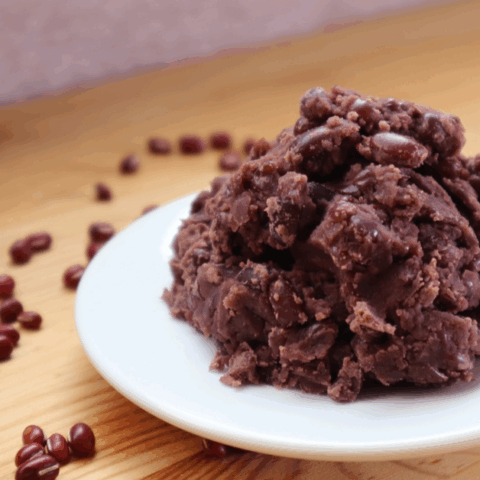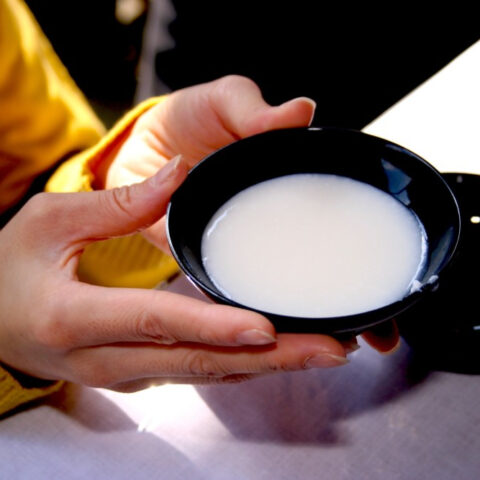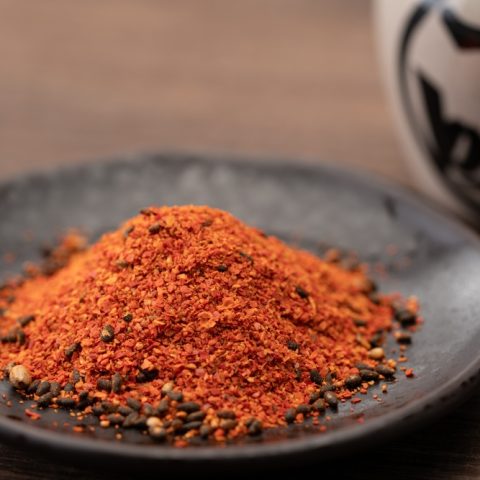
Japan is well known for its amazing food culture lifestyle. One of the most popular foods both all over the world and in Japan is shrimp. As people may already know, Japan is an island. Different seafood species such as shrimp are more accessible and important to Japan. Within this blog, we will discuss different types of shrimp used in dishes in Japan.

Photo Credit :Canva
Kuruma-Ebi
Kuruma-Ebi is a popular shrimp that you find in Japan. It is one of the common types that are served at traditional Edomae sushi restaurants. Kuruma-Ebi has two seasons which are summer and winter but is still available all year round. Kuruma- Ebi is around 15-20 cm long.
These can be served as Nigiri, this is done by cutting open the belly of the shrimp. The head of the shrimp can also be used as seasoning alongside wasabi.
When chefs are preparing to serve Kuruma-Ebi they will only prepare the shrimp moments before it is ready to serve to the customers. The chefs want to maximise the freshness and flavour.
Kuruma-Ebi has been described as having a rich aroma and sweetness to it and a chewy texture.

Photo from Izzy Cooking
Ama-Ebi
Another popular Shrimp in Japan is Ama-Ebi. The season in which Ama-Ebi is caught is during the winter due to the weather change. Ama-Ebi is then imported from different countries. That means that Ama-Ebi can be available all year round. They are also caught when they are very small.
This type is know as the sweet shrimp and lives up to its name. It is normally served raw so that it doesn’t lose its sweetness. If they are not raw this can cause them to go bad very fast.
The most popular dishes that are served with Ama-Ebi are Nigiri sushi, Sashimi, Shrimp Tempura and Grilled Sweet Shrimp. One way that chefs prepare Ama-Ebi is by frying the head of the shrimp and serving it with the rest of the raw body.
As stated before Ama-Ebi is known to have a sweet shrimp but is very soft and can melt in your mouth. It has also been described to have a sweet taste of umami.

Photo Credit :Canva
Sakura-Ebi
Sakura-Ebi is another popular shrimp that is available in Japan. Sakura-Ebi is small and around 5cm. They can be described as almost translucent pink in colour. There is only one place in Japan where Sakura-Ebi can be caught in Suruga Bay. It is by the offshores of the Shizuoka Prefecture. Twice a year is the time that Sakura-Ebi is caught. Springtime from the end of March to the beginning of June and Fall period from the end of October to the end of December.
Popular Sakura-Ebi dishes are Sushi, Bento boxes and Kakiage. Kakiage is a tempura dish that consists of cut vegetables and a lot of Sakura-Ebi that is raw. It has also been described as having a light crispy texture to it. A cool fact about Sakura-Ebi is that on sunny days you can see Sakura-Ebi dried out on the ground behind Mt. Fuji.
Sakura-Ebi has been described as having a light crispy texture to it, but it can also be firm but tender and has been known to have a very sweet taste to it. It can also be mellow depending on how it is prepared and served.

Photo Credit : Oosterbay
Boton-Ebi
Boton-Ebi is in season from Spring and Fall. The best quality Boton-Ebi is caught in the waters of Hokkaido. This is where they are described to have the sweetest taste. It also has been said to melt in your mouth. The shrimp live at depths of 300 to 500 meters. The size of a Boton-Ebi ranges from 10-20 cm.
Boton-Ebi should be firm thus they should not be slimy. The head of the shrimp should be a pink to red colour and have no black spots. If the head of the shrimp starts to become darker and darker this means that the shrimp has gone bad.
Boton-Ebi has a sweet taste and is served as a Nigiri raw. The shrimp is big enough to be served as one nigiri as it is cut along the back of the shrimp and then coated with rice. Boton-Ebi can also be served as raw sashimi, grilled, or even barbecued.
Boton-Ebi has been described to have a sweet and juicy taste to it and can melt in your mouth like Ama-Ebi. It can also be tender and mild in flavour.
Many foreigners who come to visit Japan are often said to be surprised by the different species that are in Japan. Especially when it comes to the variety of shrimp that are available. Make sure to visit Japan to try out some, if not all, shrimp that are available.




